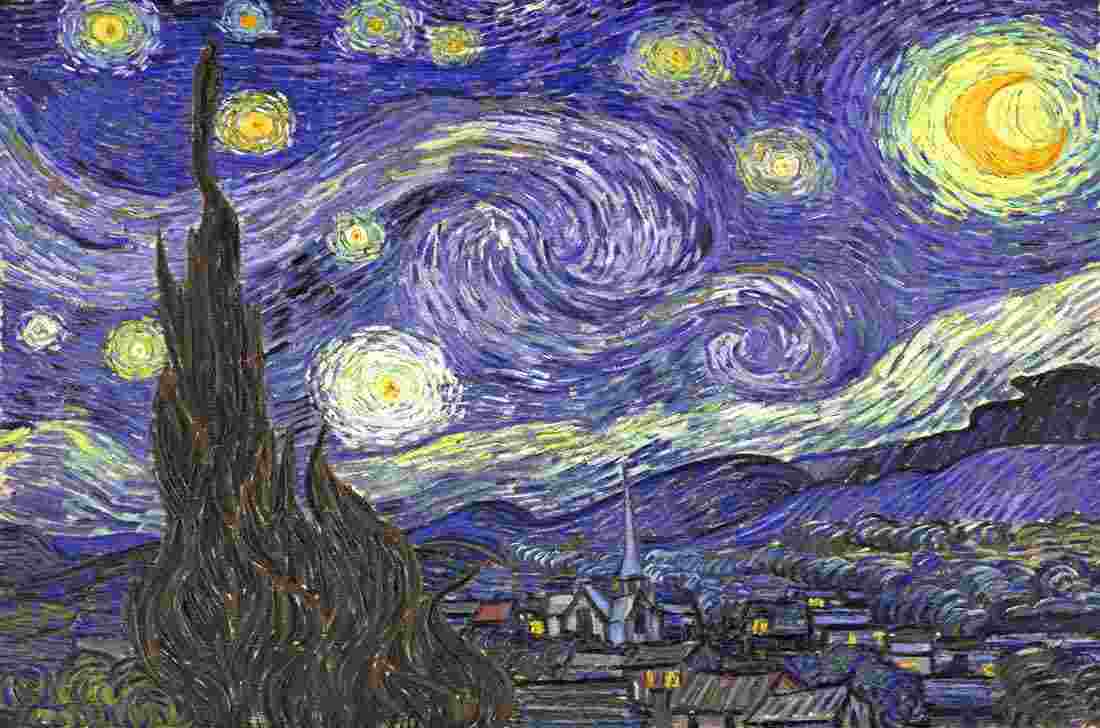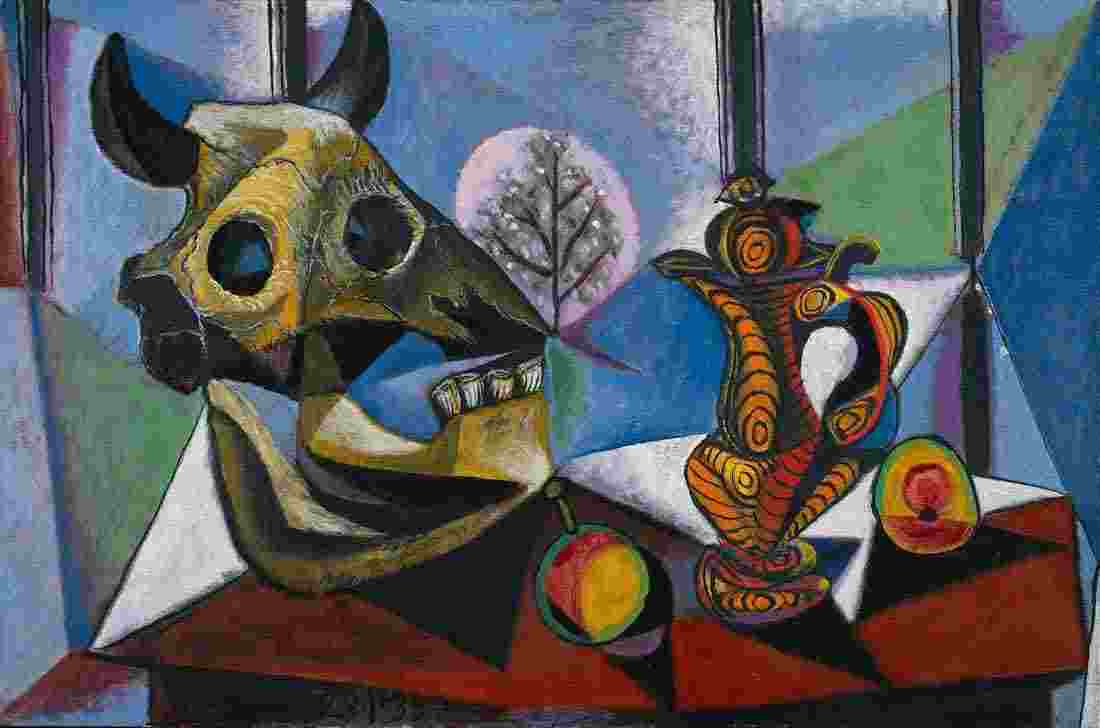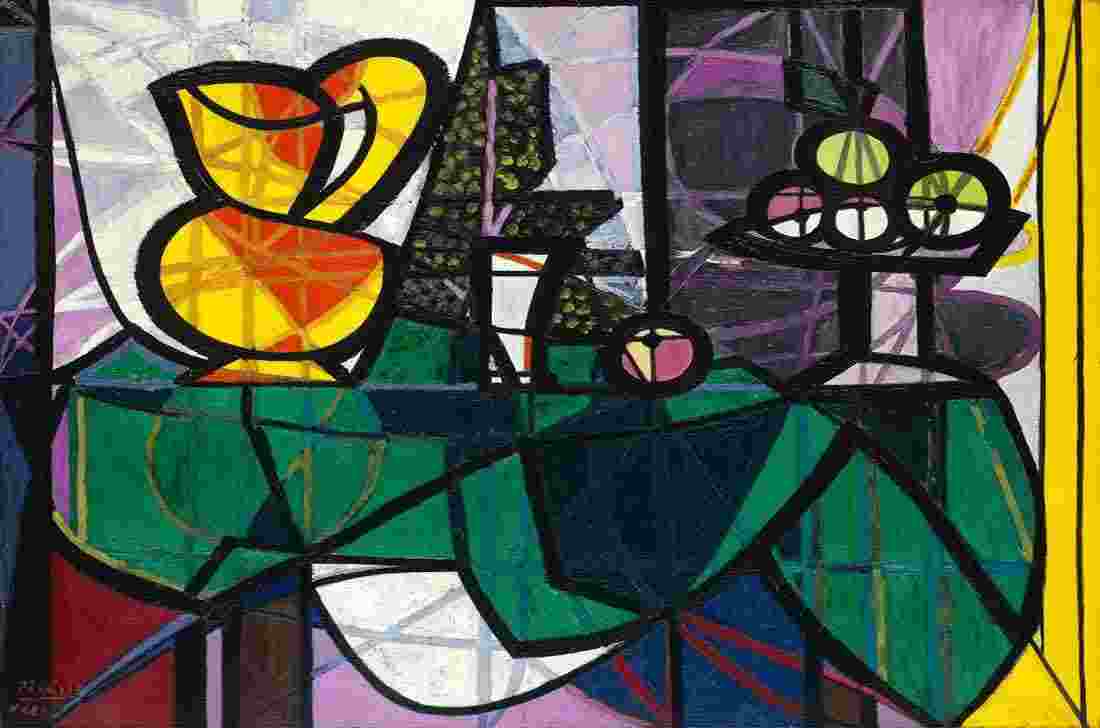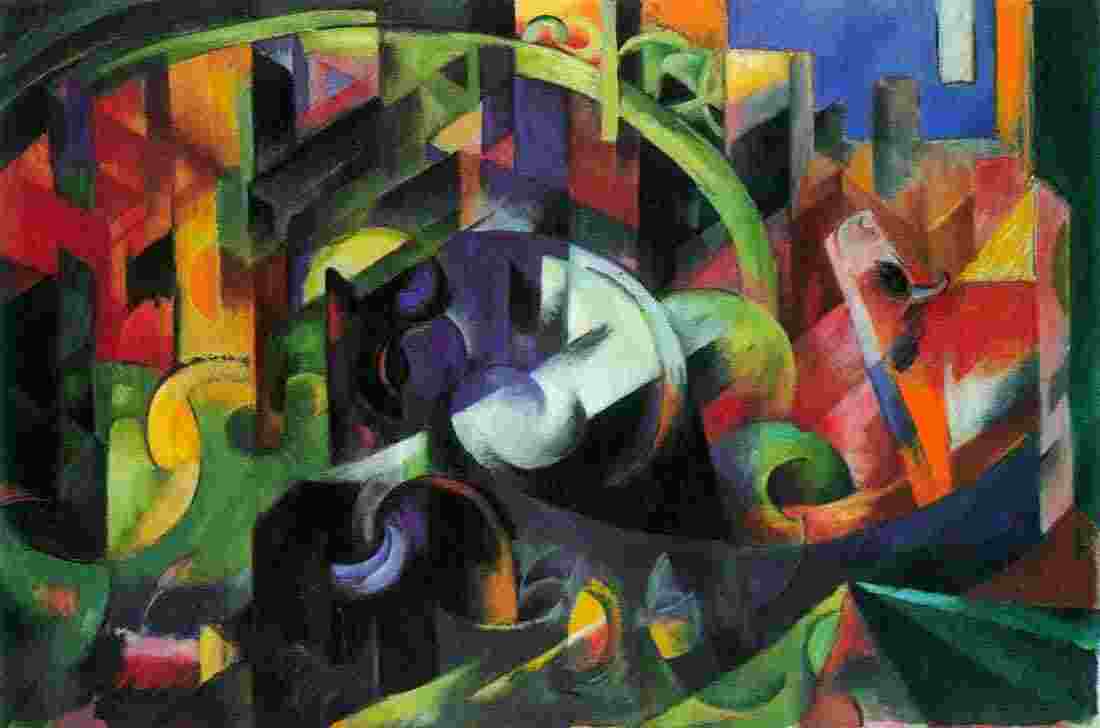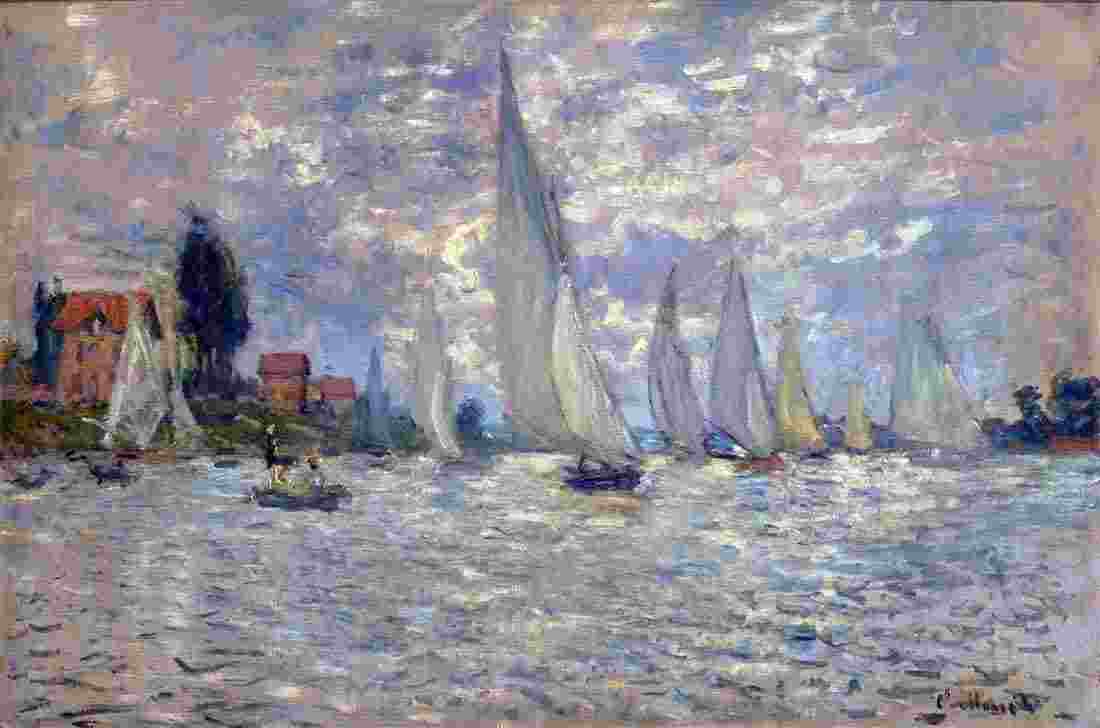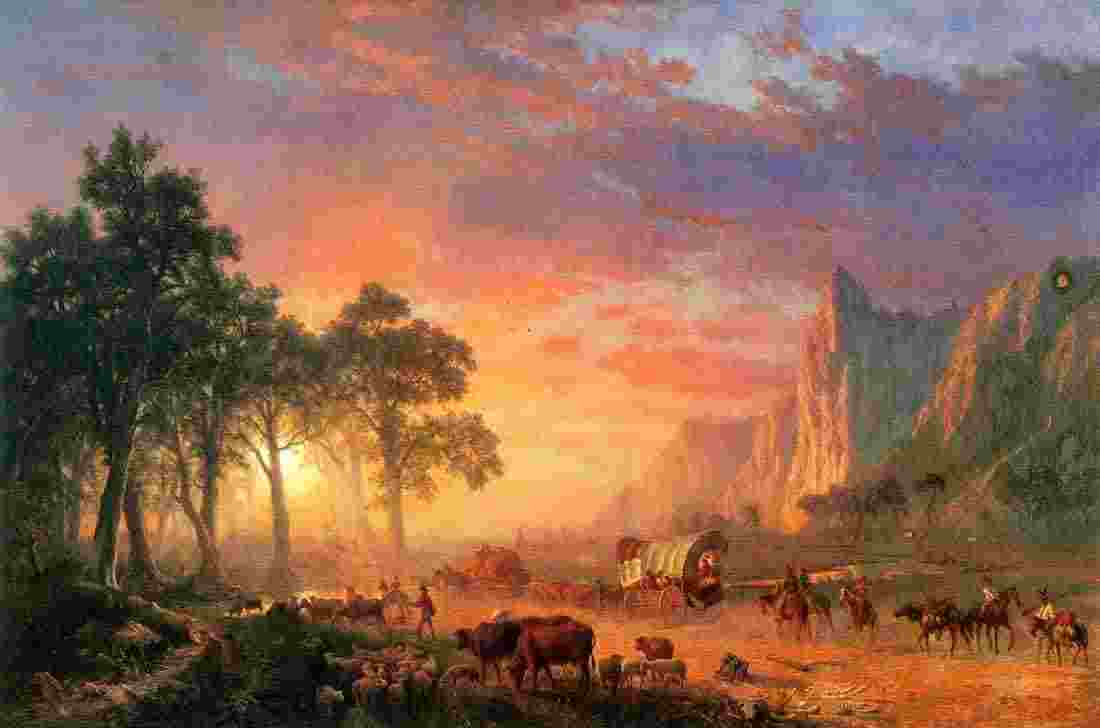First Grade Art Lesson 23
Working with Value, Part 1 Watercolor Paintng
Objective:
The student will learn about the art element value and use watercolor to create a range of values on a background.
Materials:
Watercolor paint, brushes, paper, water, paper towel
Procedure:
The art element value is a valuable element. Value is the range of lightness and darkness of a color or of black and white. Value reveals form. It is what makes a three dimensional object look like a three dimensional object. Today we are going to practice creating value with watercolor. We will not be working to create three dimensional objects, but simply to see how to get value in color. Take your watercolor and open it so the top lid lays flat on the table. Dip your brush into the water and transfer water to your watercolor tray. Do this several times until you have a little pool of water. Next, take a warm color (red, orange or yellow) and add the color to the water. This will make a slight change in the color of the water but it will be a light value. Paint across your paper with this light, warm value. Next add another warm color to the mixture and paint the new color across your paper. Continue adding warm colors to your mixture and painting the new color across your paper. You will notice that as you add more color, the value becomes more intense. Be sure you keep plenty of water on your brush while you are working with your watercolors. Do your best to get as many different ranges of value with the warm colors as you can. Fill your entire paper with warm values and put your finished work in a safe place to dry. We will use these as backgrounds for our next lesson.
Conclusion:
Ask the students if they can tell you what value is. Encourage them to look for value on their clothing and in the classroom. It is very helpful to turn a desk lamp on an object and turn off all of the other lights to help them see value.
Artwork and Examples used in this lesson
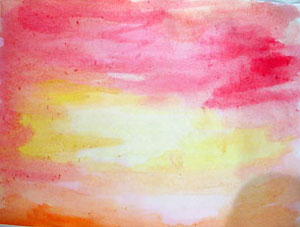
Watercolor Value Study
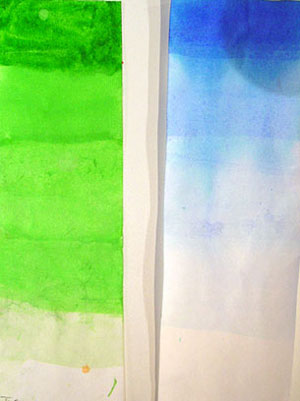
Watercolor Range of Values
